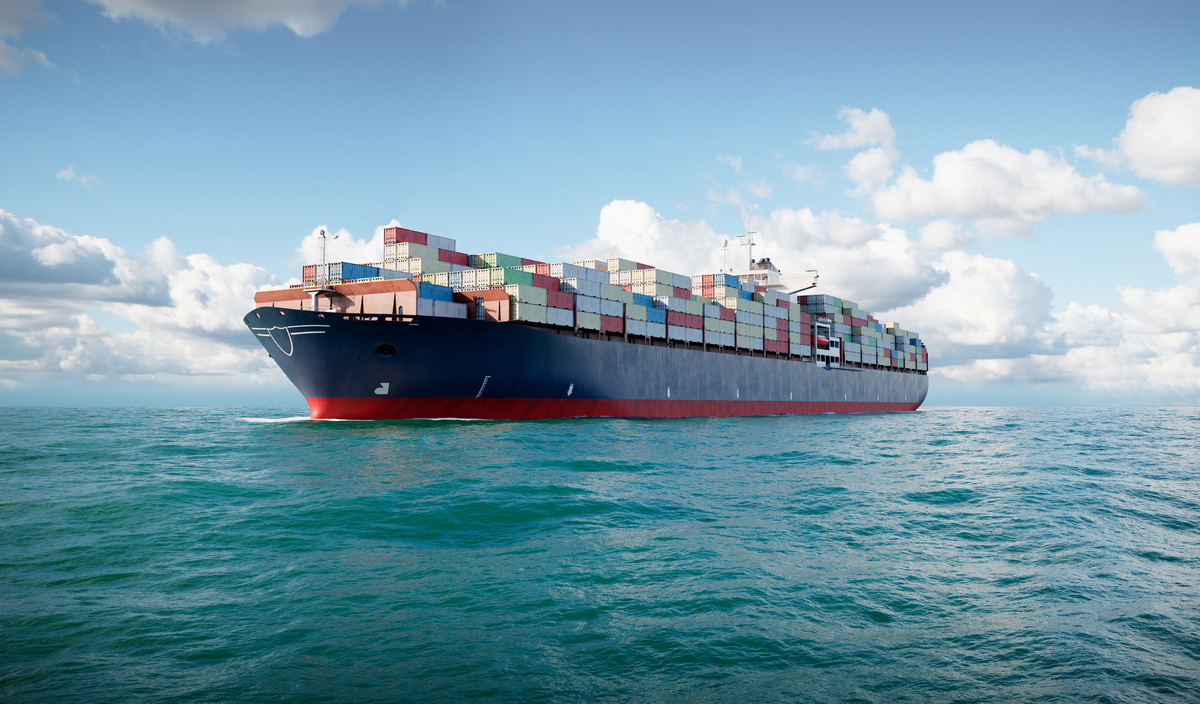Slow steaming driving carbon emission reductions on major trade routes - Xeneta
Container ships emitted less carbon dioxide per mt of cargo they moved on 10 of the world's 13 busiest trade routes in the first quarter this year as they moved slower and achieved more fuel efficiency, Xeneta data shows.
 PHOTO: Container ship sailing at sea. Getty Images
PHOTO: Container ship sailing at sea. Getty Images
Xeneta and the Marine Benchmark's Carbon Emissions Index (CEI) measure emissions intensity on 48 major global trade routes. The biggest improvement in CEI was noticed on trade between the US West Coast and Far East in the first quarter of this year, where there was an 11% decrease in the CEI from the fourth quarter of 2022.
The average speed of ships plying the US West Coast-Far East route decreased by almost 1 knot quarter-over-quarter, while the average size of ships also increased but their filling factor stabilised, Xeneta data shows.
The filling factor - a measure of the amount of cargo loaded on ships - fell just 1% in from Q4 2022 to Q1 2023, compared with a 4% reduction from Q3 2022 to Q4 2022.
However, those improvements could be due to a slowdown in demand. Container liners have been dealing with softening trade demand leading to overcapacity. In response, they have slowed down the speeds of deployed ships to keep actual capacity unchanged despite newbuild additions and other expansions.
A few research studies have found that slow steaming can be a viable way to improve a ship’s Carbon Intensity Indicator (CII) by reducing fuel consumption and spending more time at sea than in port loading cargoes.
The IMO has set a target of minimum 40% reductions in carbon intensity per transport work by 2030. As this is a measure of how efficiently a ship transports goods in grams of CO2/cargo-carrying capacity and nautical mile, ships spending less time idle with the engines still on will generally benefit with higher ratings.
By Debarati Bhattacharjee
Please get in touch with comments or additional info to news@engine.online





